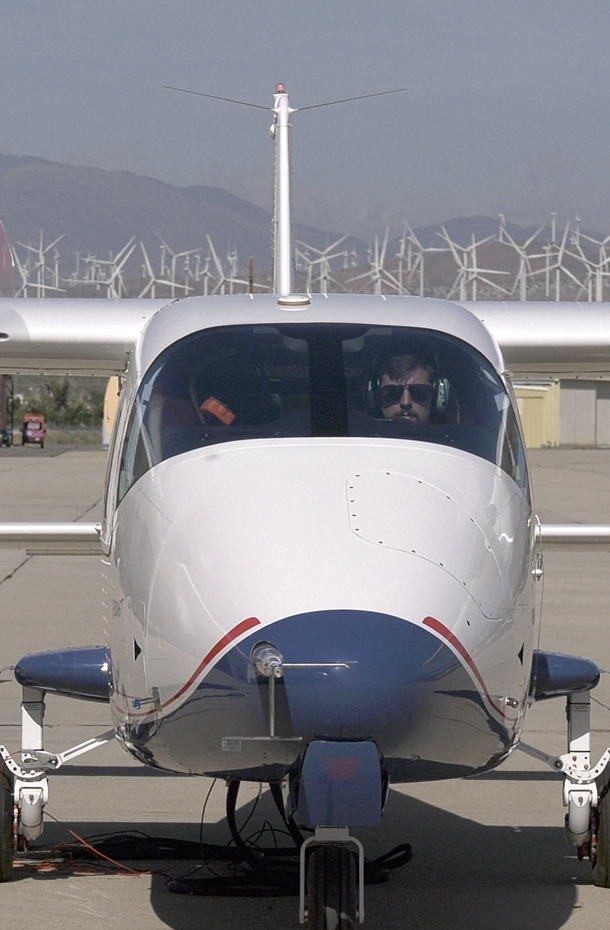Technology
Innovative electrified aircraft propulsion technologies are designed to improve electrified aircraft performance and efficiency.
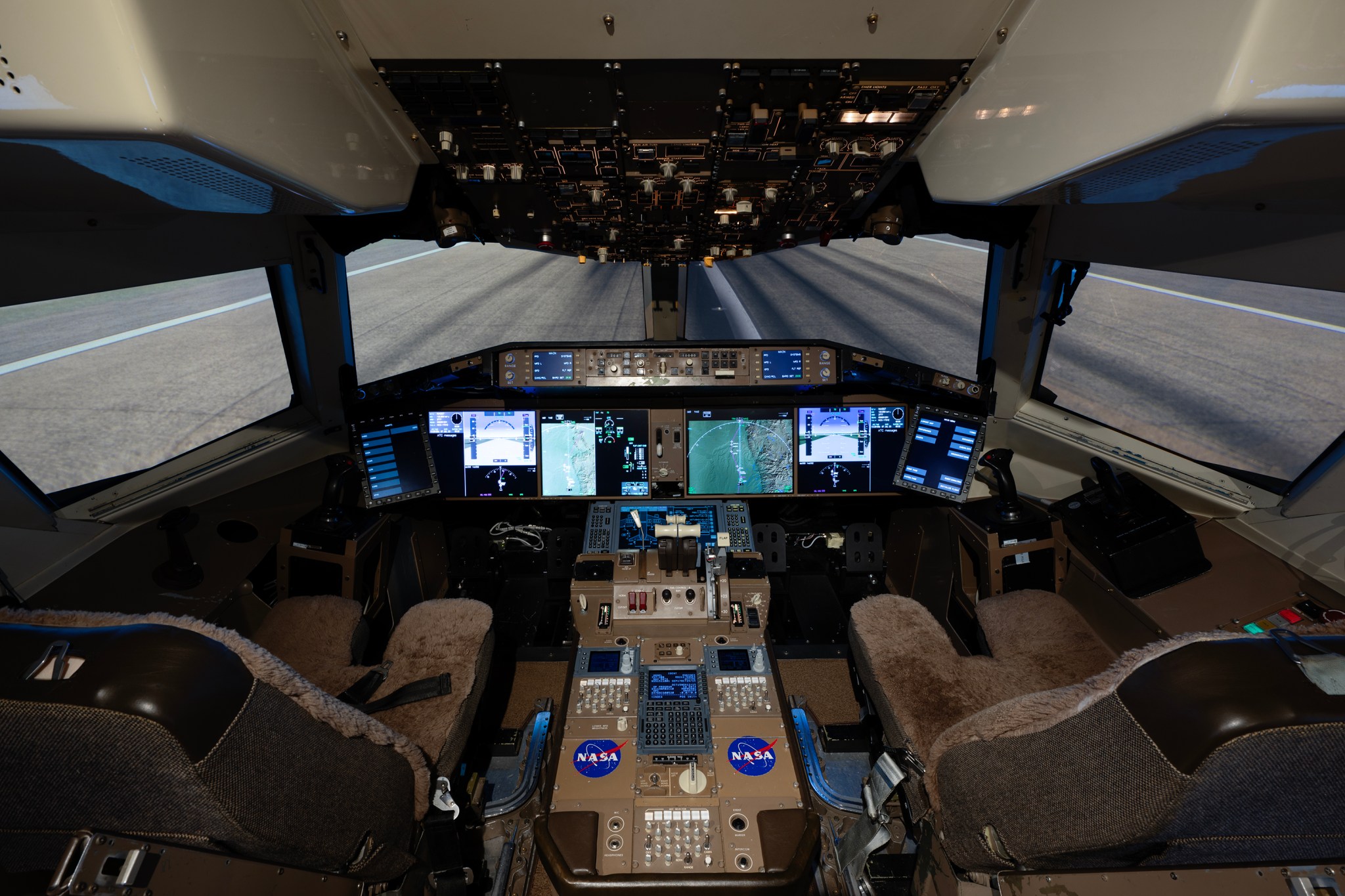
EAP Innovations
Researchers at NASA Glenn are continuously exploring and developing new technologies to advance electrified aircraft propulsion (EAP) for the next generation of commercial air transportation. From lightweight materials that cut down on drag and reduce fuel burn, to innovative electric motors that increase vehicle efficiency, these technologies are the backbone of the electrified aviation transformation.
Powertrain Components
Each component in an electrified aircraft propulsion system plays a key role in improving vehicle operations and improving fuel efficiency. From electric motors and generators that power the aircraft to circuit breaking tools that help keep systems safe at altitude, these innovative technologies are accelerating the future of electrified aviation.
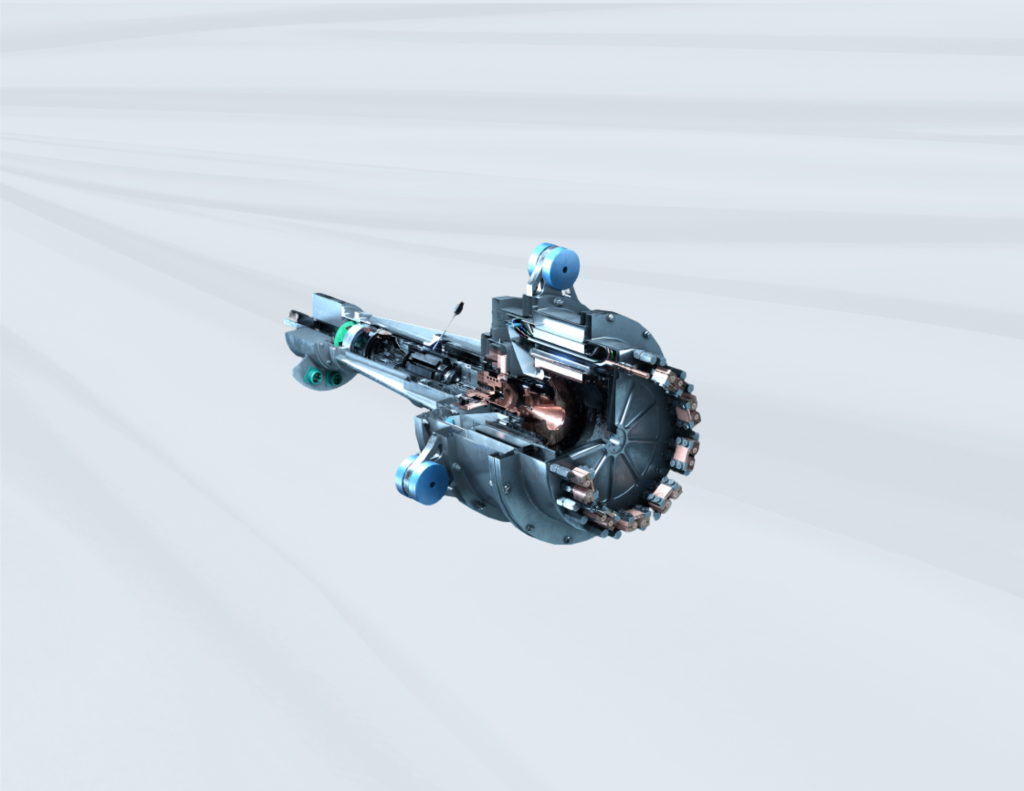
Electric Machines
New lightweight, high-efficiency motors and generators offer unique opportunities to reduce fuel and energy use in electrified aircraft.
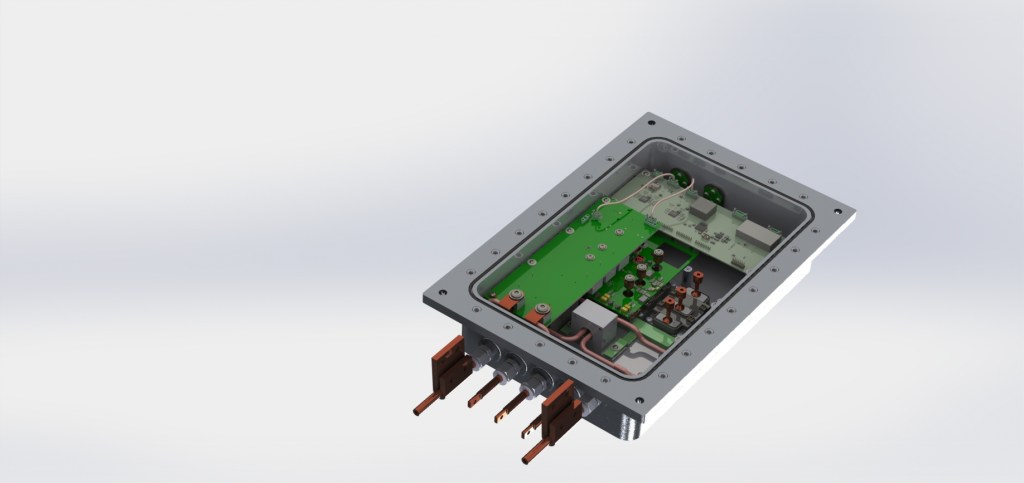
Converters
Advanced power converter technologies help effectively manage electrical energy in megawatt-class electrified aircraft.

Circuit Breakers
New lightweight circuit breaker technology offers rapid response times to better protect electrified aircraft systems from potential safety hazards.
Materials
Development of new lightweight, advanced materials could help reduce weight and improve efficiency on aircraft with electrified propulsion systems. NASA’s research in materials focuses on improving performance of electric machines, strengthening insulation technologies for better thermal management, and reducing cable mass in electrified systems.
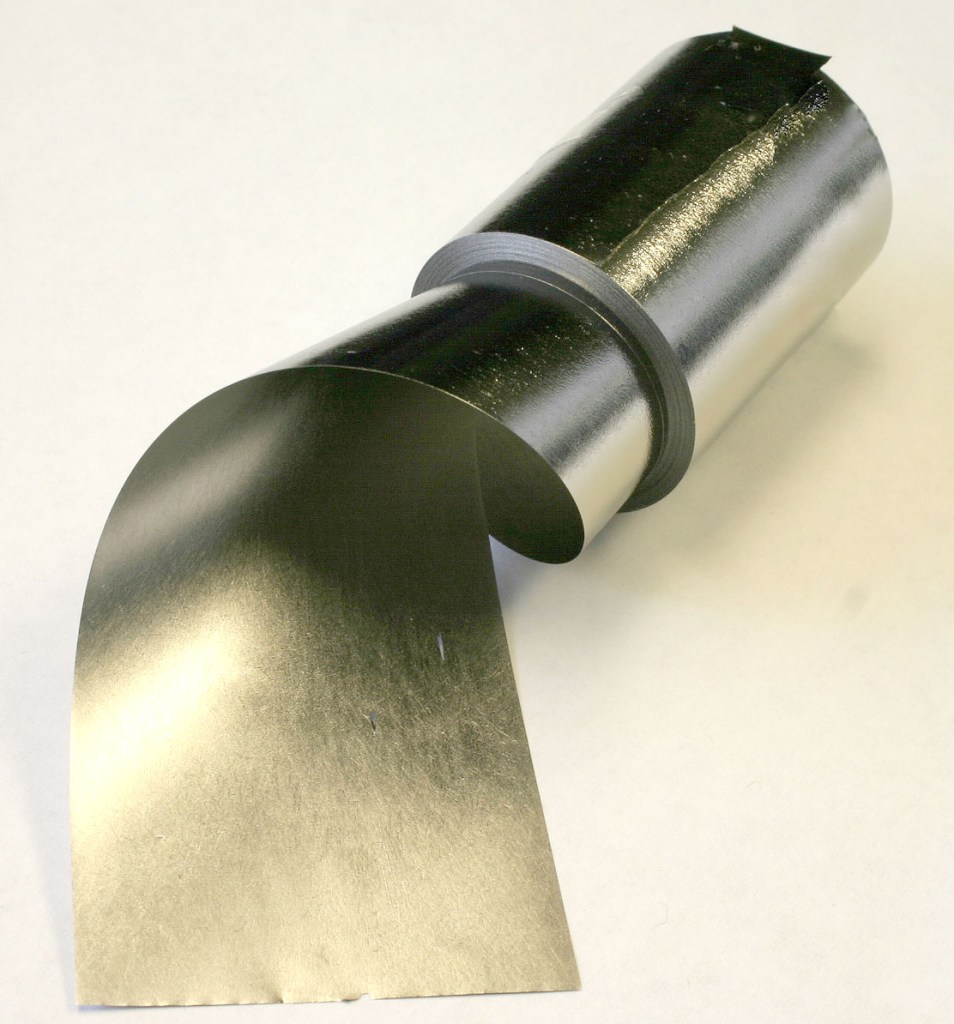
Soft Magnetics
The use of new magnetic materials in electrified aircraft systems can help increase vehicle performance and efficiency while minimizing power loss and waste heat.
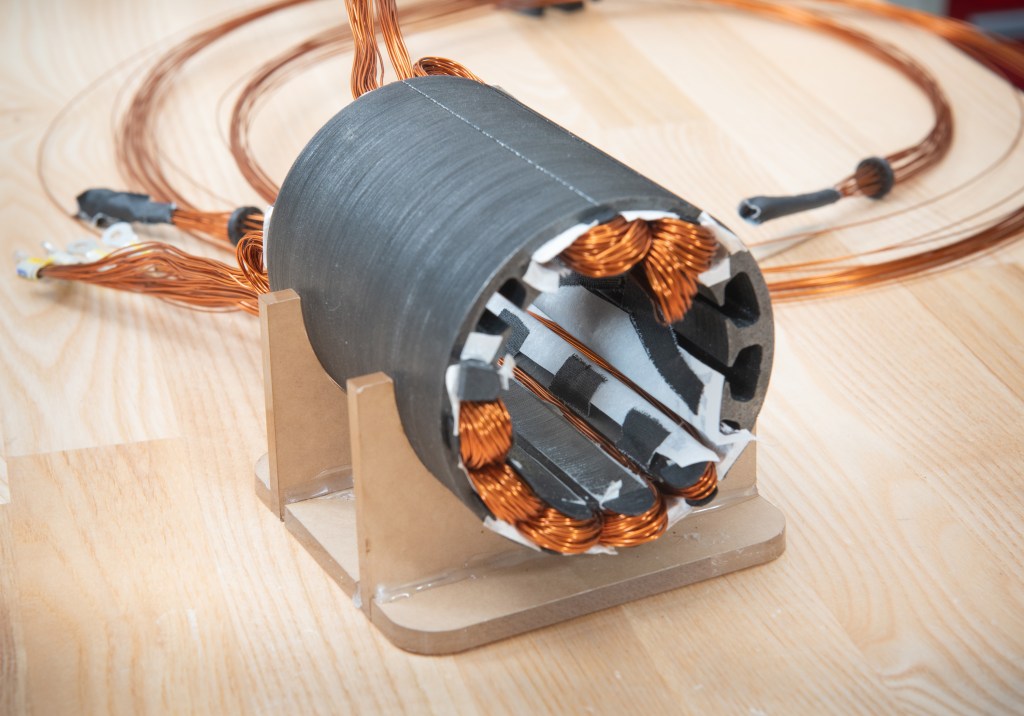
Electrical Insulation
The use of fillers to design thinner, more lightweight insulation for electrified aircraft components helps enable better heat transfer and protect systems from electrical hazards.

Superconducting Wires
New wire technologies for electrified aircraft systems eliminate electrical resistance when cooled below a critical temperature and help support higher current loads with minimal energy loss.
Energy Efficient Technology
Designing efficient system integration solutions is key to ensuring future electrified aircraft systems operate safely under extreme conditions. Researchers at NASA are developing innovative tools and technologies to help extract maximum performance out of electrified aircraft components.
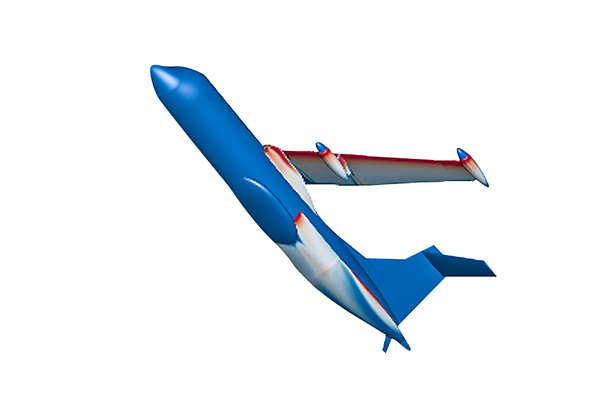
High-Efficiency Electrified Aircraft Thermal Research (HEATheR)
The HEATheR project explore innovative power and thermal management systems to increase aircraft efficiency with minimal design barriers.
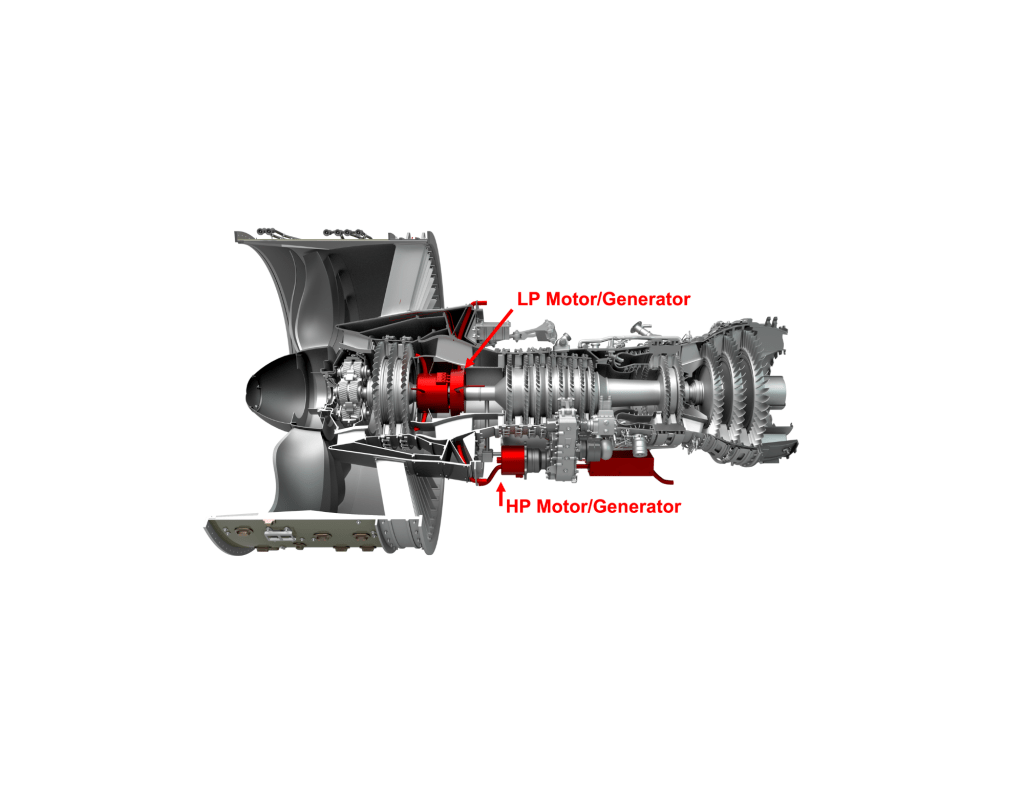
Turbine Electrified Energy Management (TEEM)
TEEM is a new control technology designed to enhance performance and efficiency of hybrid electric aircraft engines.

Motor Control Software
Motor control software is a unique model that can be used to automatically generate code for flight software in various electrified aircraft.
Discover More Topics From NASA
The post EAP Technology appeared first on NASA Science.






